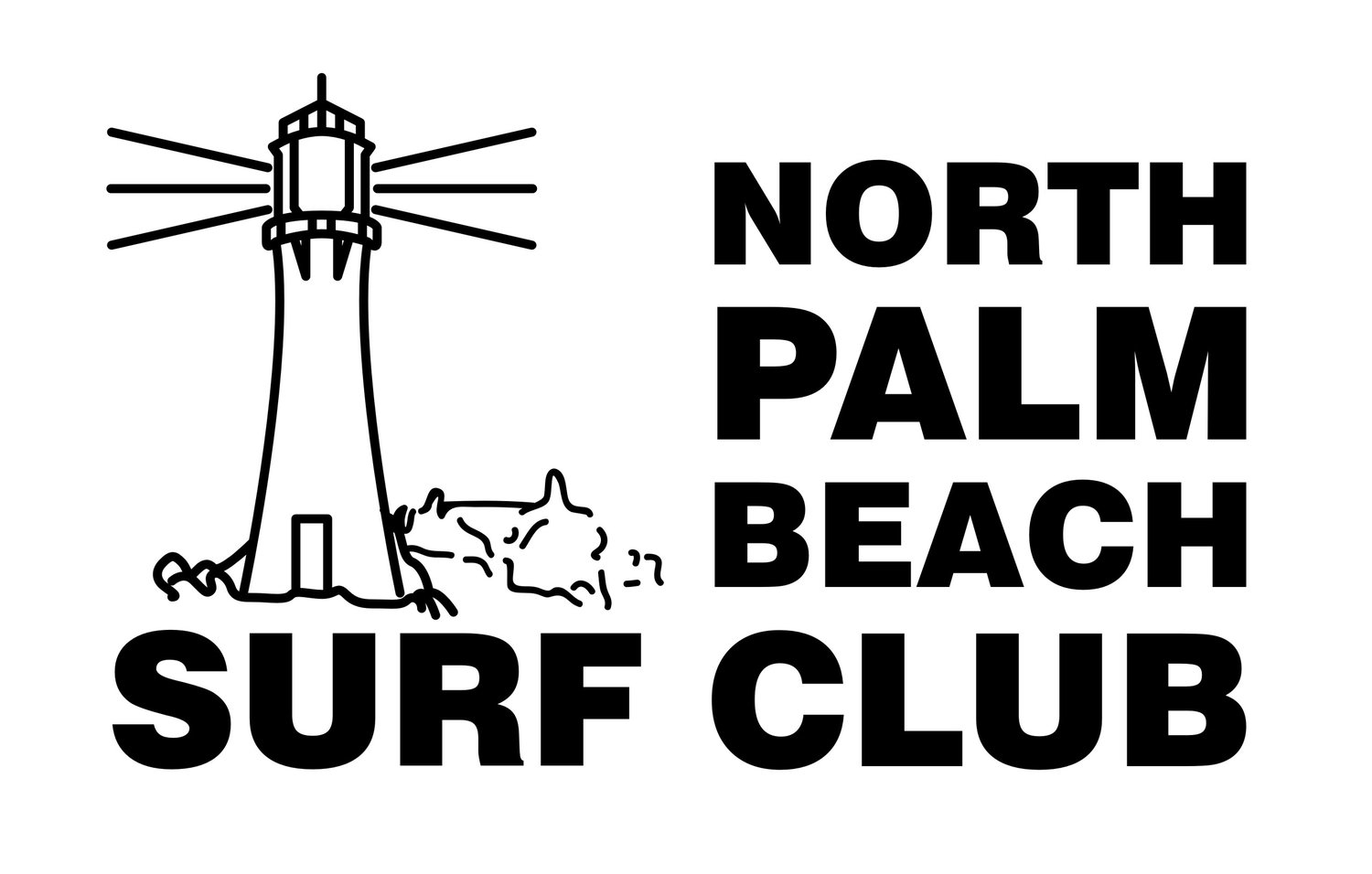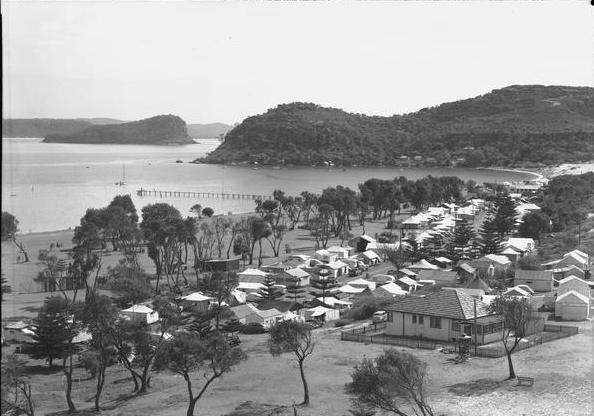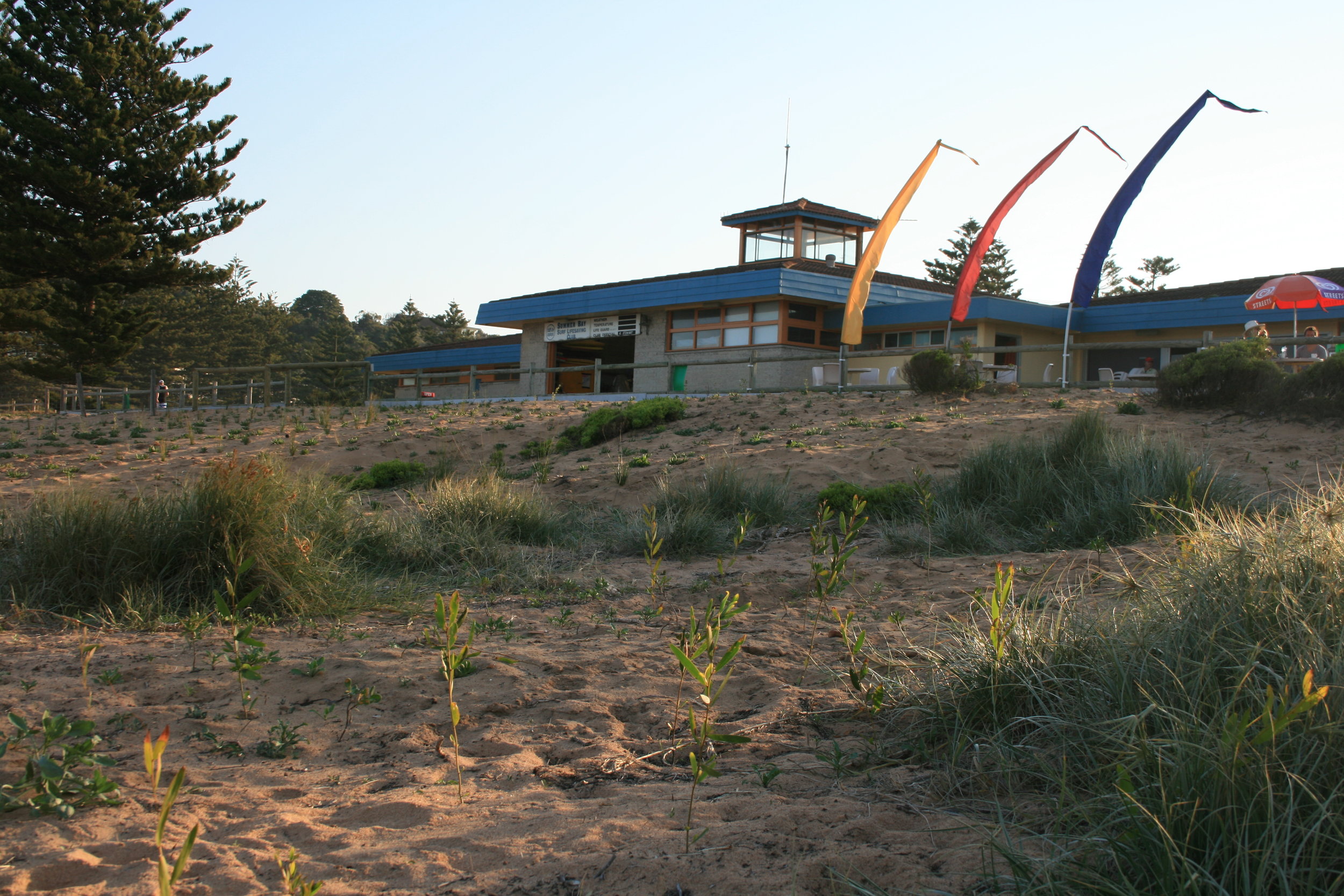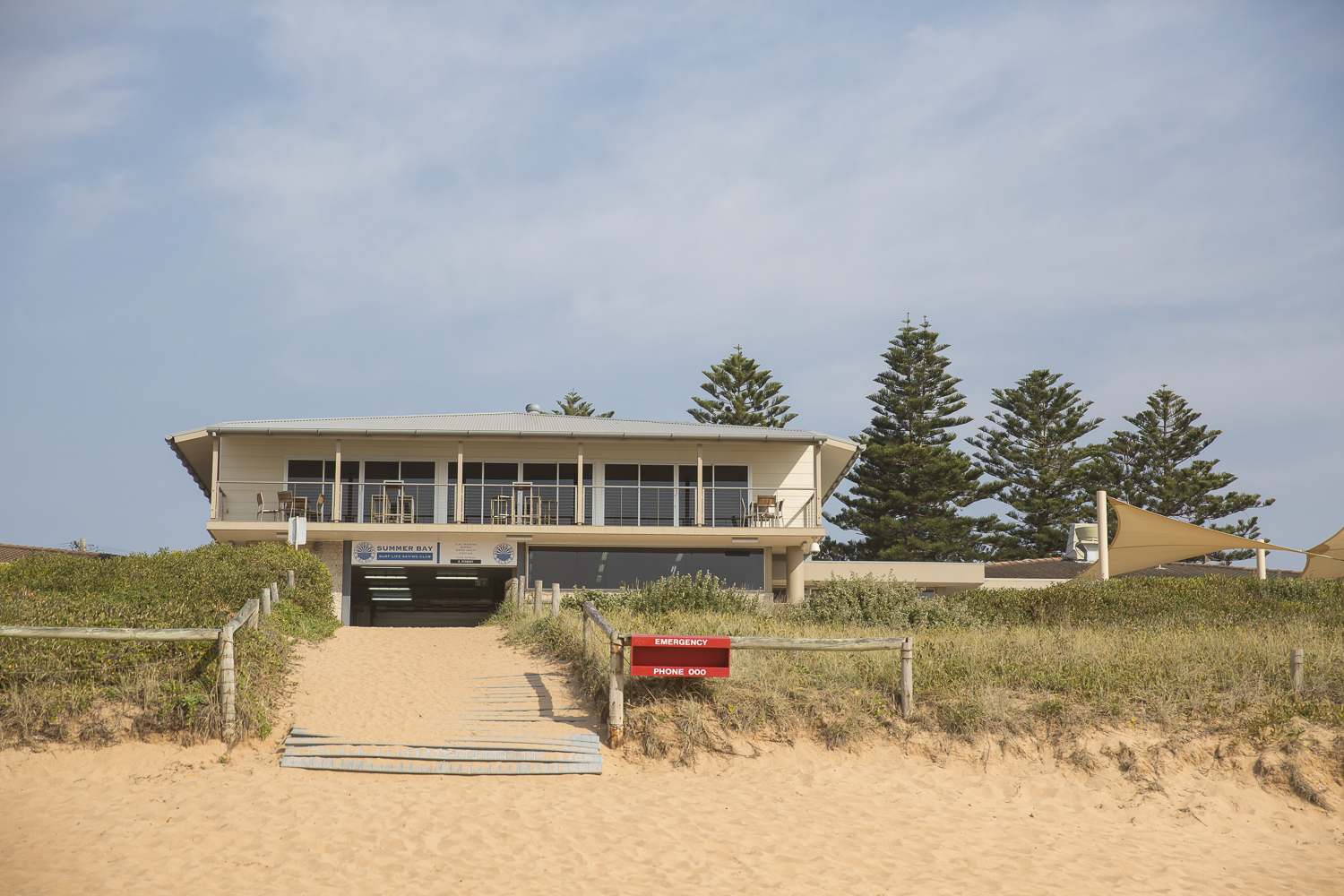HISTORY
The Beginning
North Palm Beach Surf Lifesaving Club was founded in 1946. The club was started by local northern beaches families and regular holiday makers at the northern end of Palm Beach. In those days the area near the base of Barrenjoey Headland was a public camping ground and it was popular destination for people living on the northern beaches and families and tourists traveling the 40 kilometers from the centre of Sydney each weekend. Palm Beach remains a popular holiday destination but these days it has become the location of choice for many celebrities wanting to escape the hustle and bustle of the CBD.
The first clubhouse was very small and was located where the public amenities block now stands. A little further north in the hollow of the dunes was the boat shed and the bunkhouse. An accidental fire partially destroyed the bunkhouse and lead to the club being rebuilt in it present location in 1973. The club was renovated in the 1980s when women became full members of Surf Life Saving.
Leading The Way
North Palm Beach Surf Life Saving Club has always been at the forefront of lifesaving innovation. Many of the patrolling procedures techniques and items of equipment that have become the standard ways of doing things these days were pioneered on North Palm Beach. This was largely due to necessity. The lifesavers at North Palm Beach had the longest area of beach in Sydney to patrol with only a relatively small number of active members. Not only that but the nearest ambulance had to come from Narrabeen and on busy weekends it could take up to two hours for medical assistance to be available.
In the 1980s Dr Yeo the spinal surgeon from Royal North Shore Hospital worked with the lifesavers at North Palm Beach to develop the techniques and equipment for dealing with spinal injuries in the surf. He spent hours in the surf while the club members experimented on him using various neck supports and trialling different techniques for moving the patient out of the water.
Many of these techniques have been adopted by Surf Life Saving and are used on beaches throughout Australia the days before the radio repeater network the club was the first to use UHF (Ultra High Frequency) radios to cover the vast distance patrolled. North Palm Beach SLSC was one of the first clubs to introduce roving patrols where members walked the length of the beach away from the traditional flagged area and it was the first Surf Club to own a four wheel drive vehicle and to use it as an integral part of patrolling the beach. The members purchased a red Suzuki 4-wheel drive and used it to transport gear and equipment along the beach. The club then was the first to use the Polaris All Terrain Vehicle ATV. At that time most clubs were using quad bikes but the lifesavers at North Palm Beach SLSC found the ATV was much more versatile for patrols as it could carry 3 lifesavers as well as rescue and first aid equipment. The Club has recently upgraded to the Canam Defender ATV that has a steel tube chassis tray and equipment box. The Canam is fitted with radios flashing lights and reversing warning beeper and is petrol powered with a governed top speed of 40 km hr. This vehicle easily transports 2 lifesavers with rescue boards spinal boards rescue tubes and fins as well as first-aid equipment including a shock pack defibrillator oxy viva and pulse oxymeter.
In the late 1970s North Palm Beach SLSC joined with Palm Beach and Whale Beach Surf Life Saving Clubs to operate a jet-boat service for the northern part of the peninsula. The lifesavers at North Palm Beach were also among the first clubs to use IRBs rubber ducks as integral patrol equipment in the 1980s. The use of IRBs and jet boats made it much easier to patrol the large water area covered by the club and provide assistance to the many swimmers windsurfers and kite surfers that use the stretch of beach at the base of Barrenjoey Headland. Also during the 1980s many members of North Palm Beach were among the first volunteer crew on the Westpac Rescue Helicopter Service. As part of the Sydney 2000 Olympics lifesavers from North Palm Beach SLSC provided specialist water safety in Sydney Harbour for the triathlon events.
Present Day
Today the club tradition of patrolling excellence and the pioneering of new and more efficient ways of patrolling the beach continues. The club is at the forefront of the introduction of rescue jet ski services within the Branch.
The main focus of the volunteers at North Palm Beach SLSC has always been maintaining high lifesaving and patrol standards and North Palm Beach is one of the few clubs to maintain full day patrols with members being rostered for a maximum of 8 patrols over summer. Most members prefer the all-day patrol’s as the club is quite isolated being located at the extreme northerly point of the peninsular and most of the members are from out of area.
Life Members (Active)
ELIZABETH HOWARD
GRAHAM HOWARD
JOAN HOWARD
NEIL OLSEN
ROBERT COX
STEVEN HOWARD
WARREN HOWARD
WENDY TULIP
JEFFREY CONEN
MICHELLE RAE
PAUL JONES
LIFE MEMBERS
* G. A WILSON Snr.
* F.H SAVAGE
* J. W NOYES
* A.A MARTIN
* T. BROWN
* J.I CARROLL
* H. SOUTHCOMBE
* D. STEAD
* C. R. LEES
* J.D. PIPER
* A.R. GRANT
* J.K TRAYNOR
* A.S BURNS
* N. OLSEN
+ A.J. GRANT Jnr
+ P.J DUNN
+ P. LEWIS
* J. W. MAUDSON Snr
+ R. BAINES
+ Archived * DECEASED





